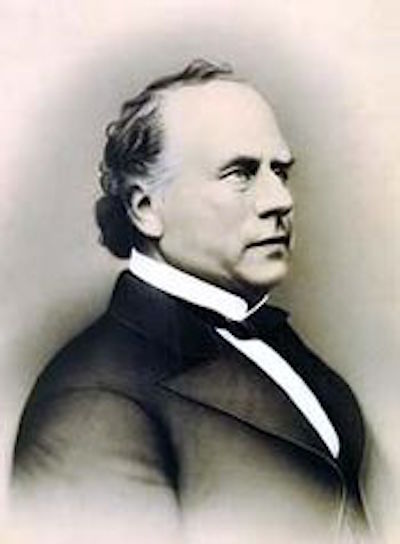Ezra T. Benson
Ezra T. Benson was a member of the Quorum of the Twelve Apostles of The Church of Jesus Christ of Latter-day Saints from 1846 to 1869. His great grandson, also named Ezra Taft Benson, would later serve in that quorum and would eventually become president of the Church.
Benson was born on February 22, 1811, in Mendon, Massachusetts. He helped on his father’s farm until he was sixteen years old. He then went to work for his sister and her husband for three years in the hotel they owned in Uxbridge, Massachusetts. After his grandfather died, his grandmother asked him to manage the farm. While there, he married Pamelia Andrus and they left the farm in 1832 and bought the hotel from his brother in law. For the next several years, he embarked in various different businesses and moved several times. Benson longed to move to the West[1].
In 1839, Benson and his wife settled in Quincy, Illinois, where they became acquainted with members of the Church and learned about the gospel. He and his wife were baptized in Quincy on July 19, 1840. They moved to Nauvoo in April 1841. Like many members of the Church, he served several proselyting missions in the Eastern States, the British Isles, the Sandwich Islands, and Scandinavia, as well as later in the Utah Territory. He also worked on the Nauvoo Temple and served in several leadership positions.
He arrived in the Salt Lake Valley with the first Mormon settlers in 1847. He was a member of the Provisional State of Deseret (before the organization of the Utah Territory), and was a member of the Territorial house of representatives.
He practiced plural marriage and had a total of eight wives, including the sister of his first wife. He was the father of thirty-five children. In 1860, he was asked to preside in the Cache Valley, and he moved his family to Logan.
While working to bring the railroad to Utah, he died suddenly on September 3, 1869.
